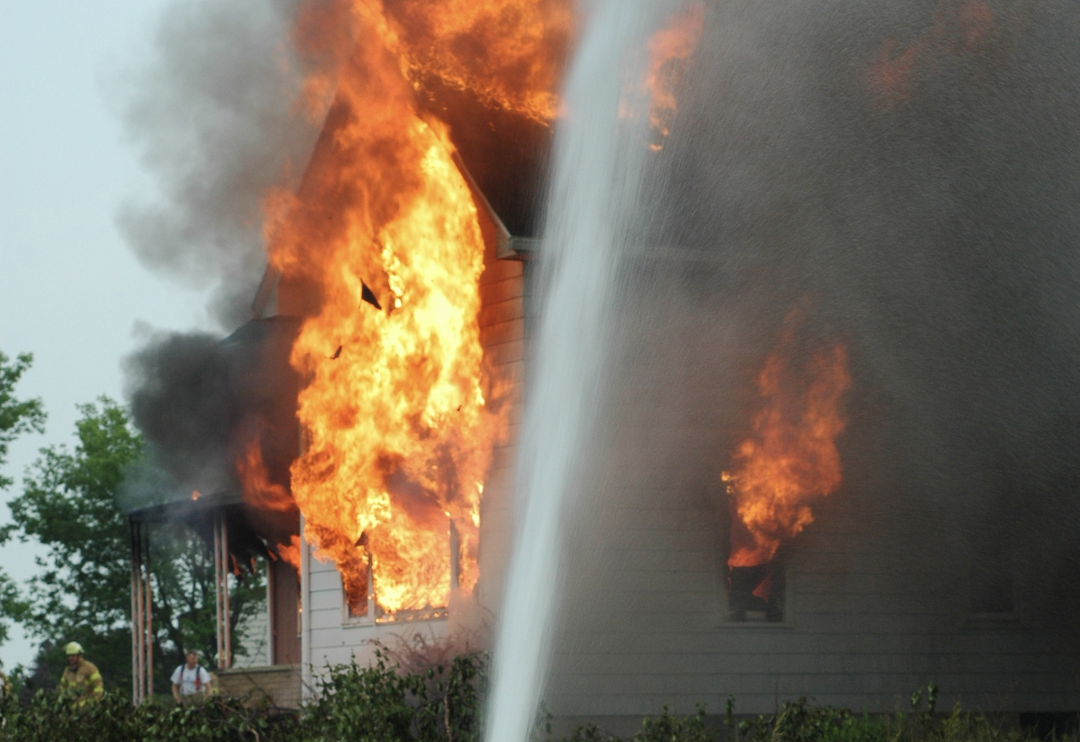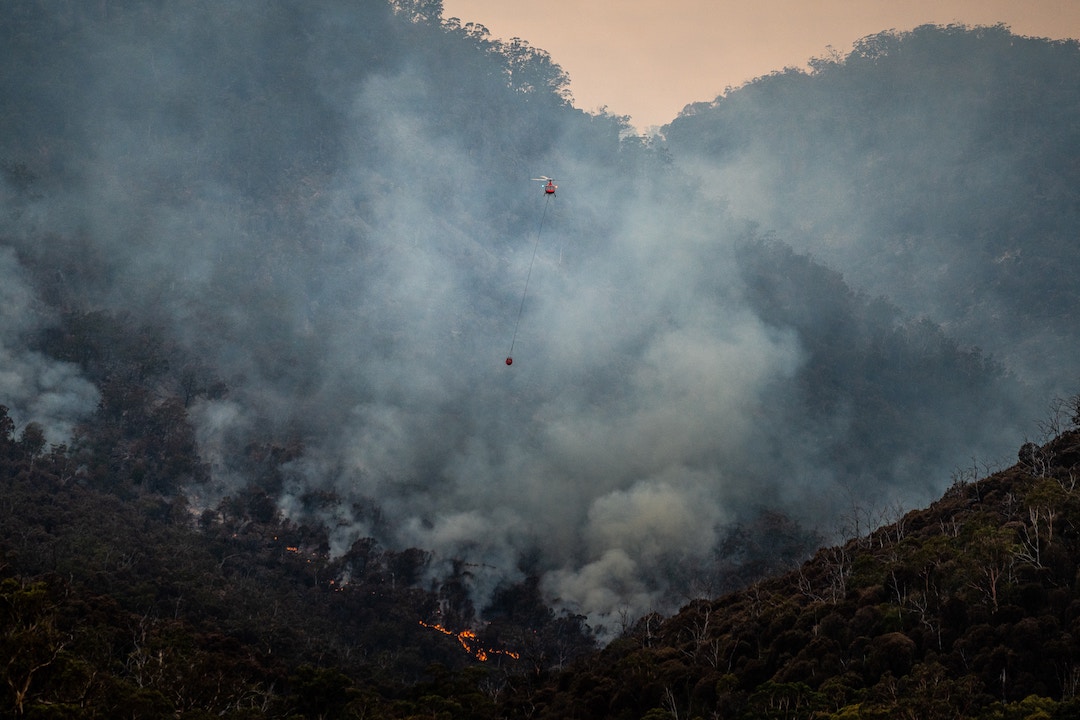Experts are warning there’s another dangerous bushfire season ahead, meaning home-owners need to make sure they are covered by their insurance.
Following a disastrous 2022 bushfire season, the AFAC is predicting another year of above average temperatures and below average rainfall, which could impact many regions of Australia. Communities are being urged to prepare for the fires to come, but for many, protecting their properties is not part of their action plan.
Leading scientists and academics want to emphasise the importance of understanding what your insurance covers, and the loopholes that could place you in a precarious position.
The season ahead
According to Professor Michael Sherris from the School of Risk and Actuarial Studies at UNSW Business School, “Bushfires are becoming more prevalent.”
“With increased temperatures, this is something that is going to be more significant over the coming years. We know that it is going to be hotter, drier, and bushfires will unfortunately become more common.”
For many, the 2020 bushfire season resulted in devastating loss, including the destruction of properties. However, when seeking insurance support, individuals came up against challenges to accessing their full coverage.
“While most insurance companies should pay out, there are some issues and challenges that result in policyholders being underinsured or not insured at all,” says Professor Sherris.
To prevent a similar occurrence this year, Australians are being warned to educate themselves on what their policies actually cover, and why they might be foregoing their insurance.

Bushfire burning in Tasmania during the 2020 season
Building codes
While individuals can end up underinsured for a variety of reasons, the most common influence is adherence to building codes.
These are a collection of standards which outline the basic requirements for any property, including design, construction and maintenance. Since the 2020 bushfires, Australia’s codes have been revised, meaning it’s important to check that your home still complies with the guidelines in your geographical area.
Unfortunately, for houses that don’t meet the new codes, insurance companies will only pay for the amount the building was initially valued at. This doesn’t include the cost of rebuilding to the standard of the new building codes.
“If your home’s cladding materials, for instance, doesn’t meet the building code requirements in your area, and in the unfortunate event of a bushfire causing damage to your home necessitating a rebuild with cladding material compliant with the building cost, you will incur higher costs. Your insurance company, in this situation, will typically not cover the higher cost,” explains Professor Sherris.
“It’s the same if you renovate parts of your property to the new building codes. Your property is valued higher because it’s more resilient to bushfires. Unless your insurance company is aware of this and reassesses your insurance premium based on your new building codes, you will be underinsured.”
For many, falling short of these codes is simply the result of not understanding the changes. Yet this small mistake can have devastating consequences in the case of a bushfire.

Home-owners need to protect their properties from the risk of bushfires
What should homeowners do?
It’s vital that each and every homeowner understands the building codes for their local area, and ensures they are complying with them. Spending extra money renovating your house to meet the building code requirements could easily save you time and money in the future.
“If you live in a high bushfire risk area, then your building code may have changed since the black summer bushfires.
“Insurance companies may not notify policyholders of the changed building codes, but it’s good to discuss these points with insurance companies,” Professor Sherris warns.
On top of this, some insurance companies may charge for underinsurance by adding a 30 percent increase to price if individuals submit a claim. The policies are more expensive, but they protect home-owners from the dangerous risk posed by fires.
Examining expenses
However, for many Aussies, the price of insurance is a stress in itself, especially when the current cost of living crisis is taken into consideration.
Between March 2021-2022, the consumer price index was raised by 5.1 percent, the highest annual increase since 2000. As a result of this, according to government data, around 40 percent of renters feel they will struggle to pay their rent over the next three months.

In the face of this reality, many home-owners struggle to justify the price of insurance. Standard policies will include protection from bushfires, with the premium added for bushfire risk informed by the BAL (bushfire attack level). However, as the BAL for properties across the country has been steadily increasing, so have insurance costs.
“A major challenge we see nowadays is Australians choosing not to have insurance because the cost may be considered too high,” says Professor Sherris. “The current cost-of-living crisis is not helping.”
But for home-owners in medium-to-high risk areas, it’s important to protect their properties from bushfires. According to the Australian Disaster Resilience Knowledge Hub, more than 2400 homes were burnt down during the 2020 bushfire season. And the 2023 AFAC seasonal outlook report warns that the fire risk in the upcoming bushfire season will be even higher than previous years.
Weighing the risk of fire against the price of insurance carries a lot of weight, yet choosing not to protect your home can be a costly decision. Professor Sherris acknowledges the strain of insurance costs, yet believes covering yourself is always the safest option.
“It may mean you might end up paying a higher price, but you will be covered for the upcoming bushfire season.”
To understand more about Australia’s cost of living crisis and its impact on the property market, click here.
To learn about the impact of bushfires on biodiversity, click here.

